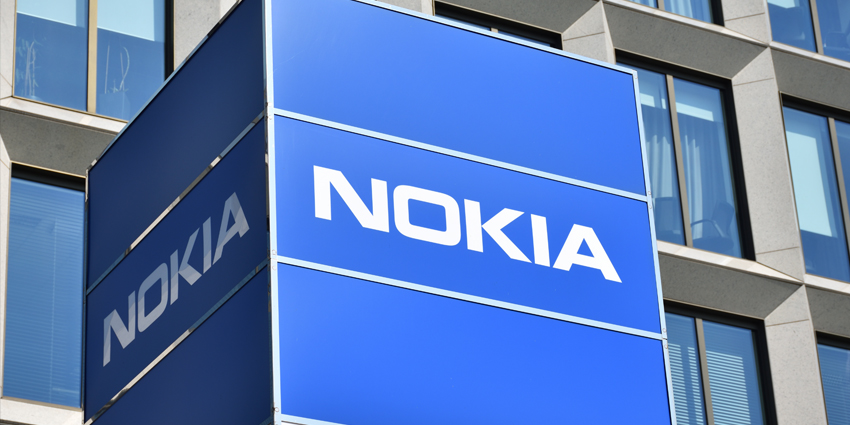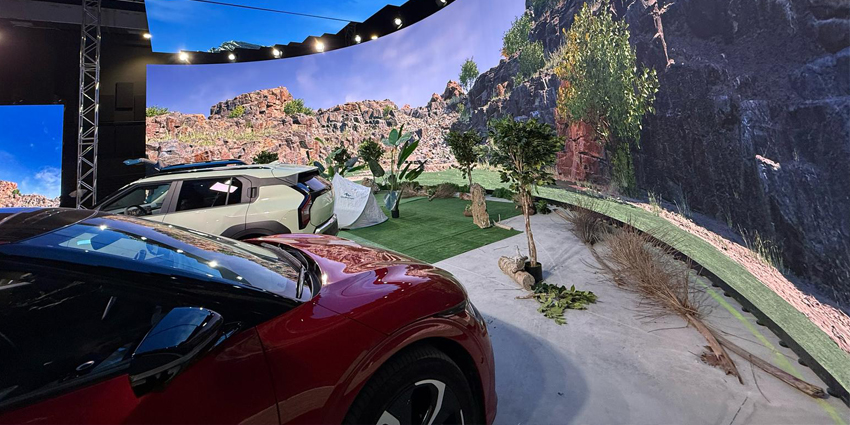WWDC is just around the corner, and the XR industry is on the edge of its seats! For years, Apple has teased XR audiences with hints at a revolutionary immersive device which may flip the technology sector on its head, similarly to the iPhone’s effect on the mobile phone sector.
At the same time, Meta is readying the release of the Meta Quest 3, the successor to the widely popular consumer-grade, gaming-focused VR device. Moreover, firms like HTC, Varjo, and Pico want to make their voice heard in the consumer and enterprise XR space.
But how will Apple affect this busy market? Before the WWDC event this coming Monday, only a few truly know what Apple will introduce, and the possibilities are endless!
To help dissect the impact of Apple’s potential XR device is Vanessa Mullin, Director of Social, Games, and Metaverse at Agora, a leading provider of real-time engagement solutions such as remote assist and IoT services.
How is Apple Directing its Focus Towards XR?
Mullin: Apple typically focuses on sleek and lightweight design, and this hardware will be no exception—clean design and lines, modern without appearing too daunting. Expecting them to be closer to the designs at companies like NReal/XReal – similar to a shape consumers are comfortable with, i.e., sunglasses. If they want mass adoption, they need to move away from these large, bulky, and often dark designs and keep them light and airy, like most Apple products seem to match.
As always, Apple will aim to shift the consumer mindset. Like how they pulled users away from portable cd players with iPods or put a whole computer in the palm of your hand instead of on your desk, these glasses will do the same and enable everything we do on these devices without the physical screens.
Apple also typically targets the everyday users/apple super users, so the features will be aimed towards daily use, not just gaming. We have seen some examples of AR passthrough and how it can change everyday workers’ life by eliminating the need for a desk, and these are the types of use cases that will have mass appeal for consumers. Do what you already do, on the go, with more freedom.
It will further pave the way – as Apple’s super users will be open to investing. Given their market share, we can expect to see large-scale adoption even if the price point is relatively high.
People who buy Apple products do so almost religiously, so a hefty price tag might not keep people away. If it has practical use cases (people want to use technology to save time or waste it!), if it ticks both boxes simultaneously, it can open the doors to wider-scale adoption.
How is Apple’s XR Splash Going to Affect Competition in the Marketplace?
Mullin: So, in my mind, most people who were excited for and are using the Quest are either game devs or hardcore gamers who want to break into the VR space. Then when you have things like the Pico or Varjo or even the HTC announcement that also came out this week, definitely they’ll sit more in the enterprise-level business market.
But where I see Apple carving out a niche is the consumer market.
So I think why people are so excited and why this could be so groundbreaking is because I see them being the first player to enter into the consumer market in a way that feels palatable.
A lot of the headsets that exist right now look so bulky and futuristic, even though the Quest 3 is dramatically smaller, they say than the originals. I think that Apple’s vision, much like they did With the iPod and the iPod and the MacBook Air, for instance, it’s just taking things that used to be bulky and slimming them down into something that you can take with you in your daily life and kind of seamlessly transition into a place where previous technology was.
So I see them taking over the consumer market in a really big way and breaking the industry into a place where it hasn’t had traction yet outside of hardcore gamers.
Where does Apple Stand in the Immersive Enterprise Space?
Mullin: I don’t see them positioning it as an immersive enterprise tool. When I think immersive enterprise for XR, I think of Industries like construction and the big players using it.
But I can see mainstream enterprise companies, maybe like Salesforce adopting these tools to take away things like monitors and to allow people to have a screen-free presence in the office where you can wear a headset that has a virtual passthrough and be able to still interact with your peers whilst doing your work.
I see it in an enterprise function that way, but I don’t see it taking over the enterprise market in a future of work stance in terms of the construction industry or the manufacturing industry.
What is Apple Suggesting with the “Code New Worlds” tagline, Perhaps Low/No-Code Builder Tools?
Mullin: I think that low code and no code is the way to ensure adoption, to take the fear away from people who want to break into this space and may want to develop in this space but don’t have the background [coding] experience.
I think that there’s been a trend as of late, especially with AI being the buzzword of the month, to be able to offer people the opportunity to code just like text to code really or text to develop. I think Apple will follow this trend, and I mentioned players like Anything World – a no-code or low-code metaverse world builder and provider – I think Apple is seeing a trend towards wanting to make development more accessible and pushing in that direction.
So I feel like, and again a lot of what I’ve read has leaned towards them developing tools to make sure that non-devs can build these experiences just as much as die-hard devs.
How is Apple Going to Respond to the Current Standing of the Metaverse?
Mullin: I feel like they will push the vertical back into a positive light. When many people think Metaverse, I feel like they still lean towards these very, very gamified visions of virtual worlds that you enter with an avatar, which still feels so far-fetched to the mainstream public.
I think that this bridge between where the Metaverse is maybe ten years from now and where we are now is going to be tools that Apple are introducing that are XR first, so not complete virtual reality, but an immersive reality that’s an extension of the one that we already live in.
That will make the Metaverse more palatable to people who are perhaps afraid. The general public, my friends included, doesn’t understand the interest in wearing a headset and going to a place virtually with your friends. But what if you could be with your friends in real life, playing a game in AR with headsets on, and all still be interacting with each other?
This is the step in the right direction towards how technology can evolve positively to make our lives more fun.
I hope that is the direction for the Metaverse, and I think it will have a very positive impact.
Why is Accessibility a Key Consideration During the Development of XR Solutions?
Mullin: 10-15 years ago or even when I was in High school. The idea of everyone being able to own a cell phone seemed crazy.
You saw these people with smartphones, and you thought you need to be like the upper echelon, or your parents need to be rich, or you need this or that to be able to dive into this technology or to be able even to come close to owning it. Apple does a great job of ensuring the everyday consumer is on board and can get this technology in their hands.
Mass adoption and accessibility of the tool are imperative. You don’t want this to be a big, bulky black headset that someone will have to store in a special place in their house and all of these kinds of trickle-down effects that come from owning a piece of technology like that.
I think the accessibility, hopefully, from Apple’s headset will follow the Apple Watch and the iPod, taking something that exists that’s bulky and turning it into something that can fit in your pocket.
That’s the accessibility point. If Apple can hit it right, I think it could be huge. People don’t want another thing that will take up space on their desks. They want something that will save space and time and enhance the life they already have.
If they can nail that, I think that the accessibility of the headset will be incredible.
How will the Agora team React to Next Week’s Surge in XR Interest?
Mullin: I work as the Director of Metaverse Gaming and Social [at Agora], which is a very, very big piece of the pie. But we also have a whole suite of teams dedicated to IoT and headsets as well.
So we do partner with most of the key headsets around the world to offer things such as spatial audio or remote assist, so it’s in the back of our minds absolutely to work on riding the very positive wave right now [thanks to] the influx of headset announcements and work to partner with as many of these companies as possible to provide Agora technology.
It’s hard to deny, with the number of partnerships that we have, that we are a huge player in the space to provide video and audio solutions to these headsets. So definitely focusing on that.







